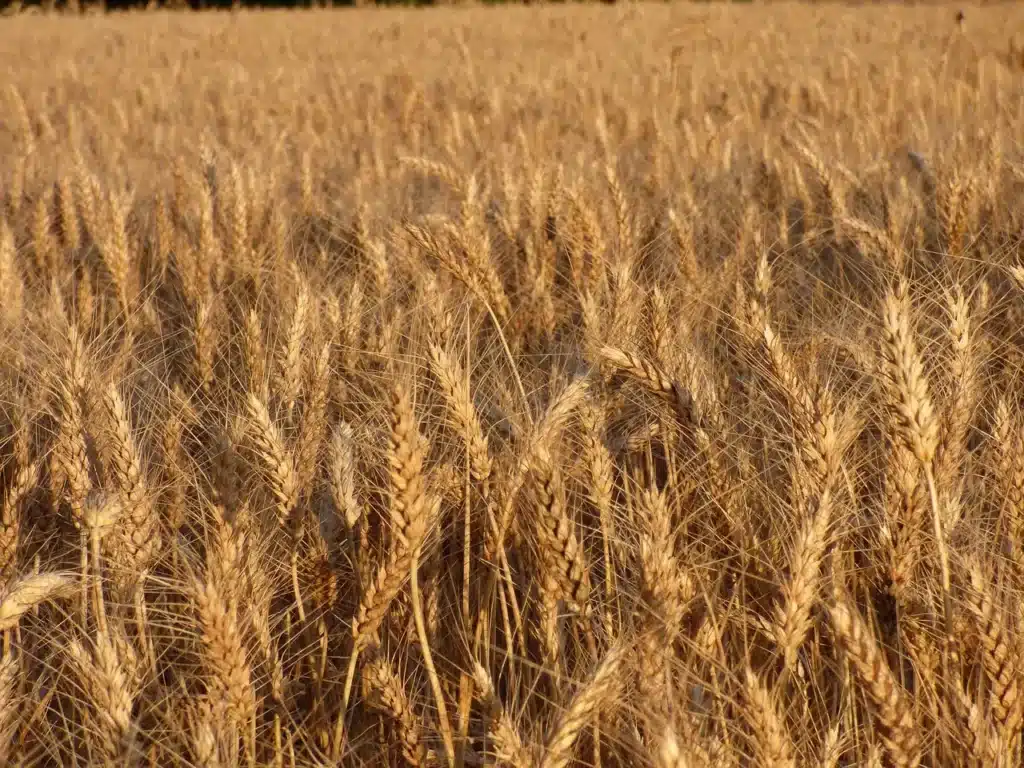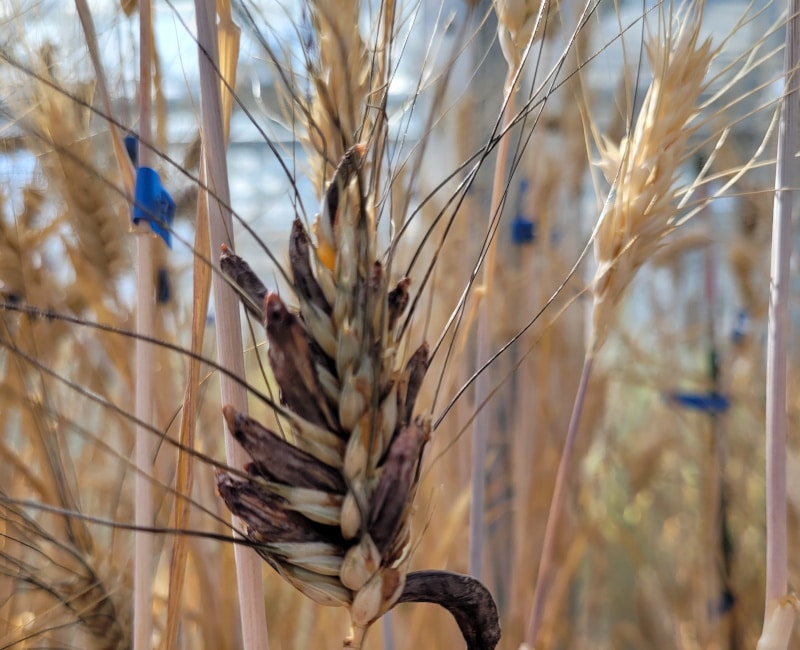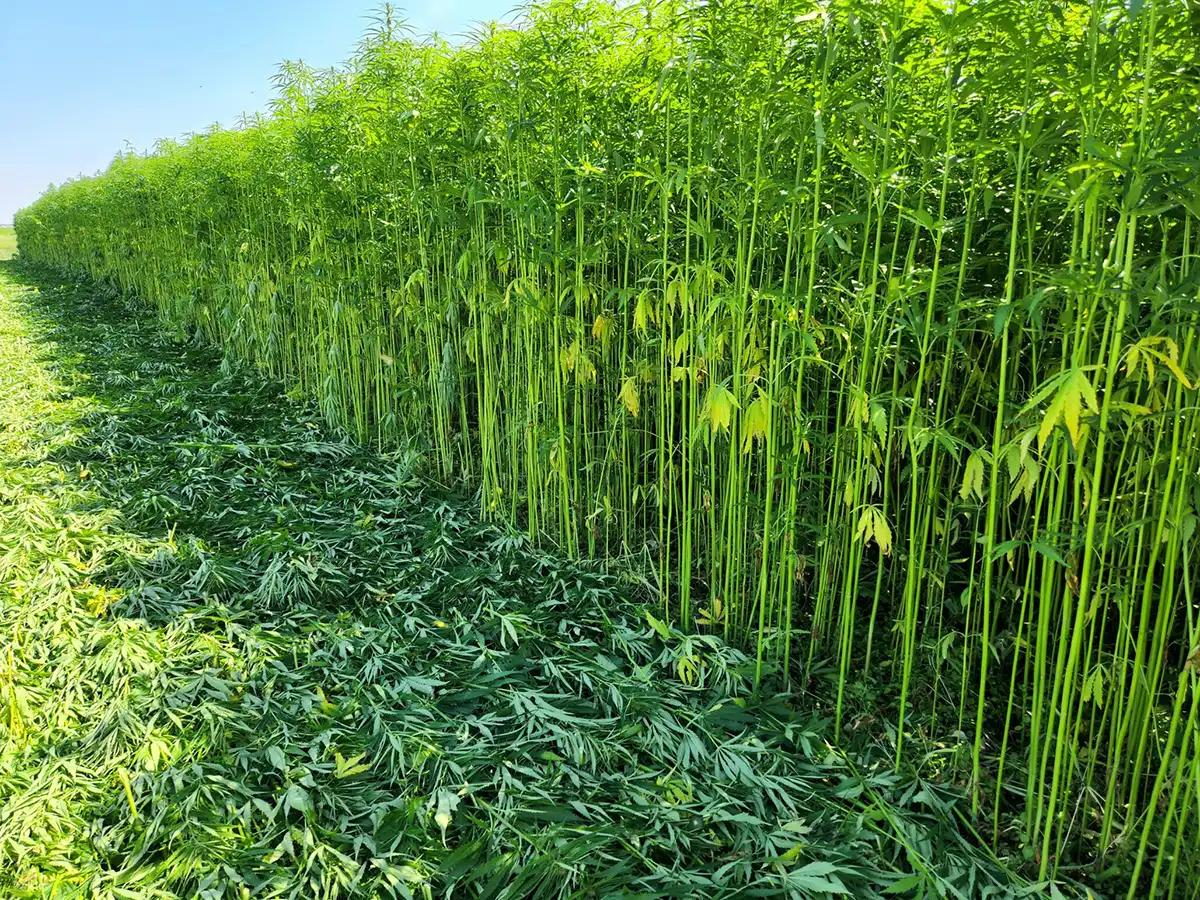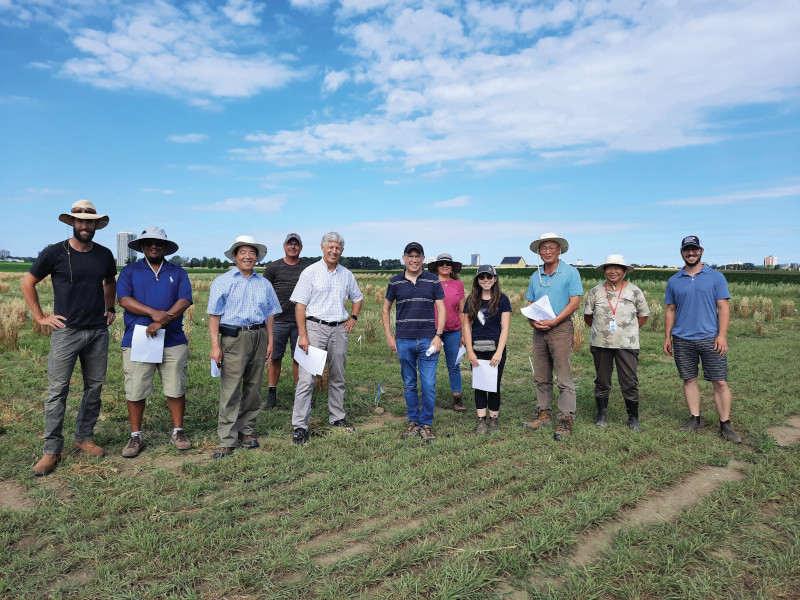After the drought of 2021, things in many parts of the Prairies returned to somewhat more normal conditions this year in terms of moisture. That of course means the return of Fusarium graminearum, which was virtually non-existent last year.
As of writing this column, 10% of samples are testing positive in Alberta. That’s not as high as it was in those peak years of 2019 and 2020, when it was up above 15%. In other words, people shouldn’t be too surprised if they see fusarium in pop up in 2023.
The increase isn’t only in Alberta, though. I am seeing increased positive results in Saskatchewan and in Manitoba, too. As expected, fusarium levels in those two provinces are a lot higher than in Alberta. Nearly 60% of samples are testing positive for fusarium in Manitoba, while over 80% are testing positive in Saskatchewan.
In Alberta, the highest number of positives are being seen in durum, with the rest in wheat, barley and oat in descending order. Last year wheat and barley were very close and this year barley is just a little bit higher than wheat so far (9.3% for barley vs. 9.12% for wheat). It will probably average out with more testing.
Even though I expected this, there are some interesting trends. As far as Alberta goes, we’re seeing more positive test results to the southeast of Edmonton. This has been an area of interest in recent years. We expect fusarium in southern Alberta, where a lot or irrigation takes place, but the eastern border with Saskatchewan near Edmonton has caught my eye and continues to do so.
It’s not just increased moisture that leads to more fusarium, but also the amount of inoculum that’s present. This is definitely a contributing factor; any area where inoculum is present is at higher risk of fusarium when conditions are right. The southeast regions near Edmonton (Provost, Paintearth, Minburn, Beaver and Camrose) have seen those increased inoculum levels, which could be due to any number of factors.
I’d like to be able to make some solid predictions about what the future may hold in terms of fusarium trends, but with climate change, it’s difficult to do. Precipitation is the big driver for disease. If moisture increases, then we’re going to be seeing more disease. But with climate change comes extremes, and that means we could see more wet years alternating with dry ones. Instead of seeing steady fusarium levels, we may see them spike after an absence like we saw in 2021.
In future, the best defense will no doubt be testing and fusarium resistant cereal varieties. As far at the latter goes, in 2021, the Prairie Grain Development Committee (PGDC) recommended for registration a new durum line from Yuefeng Ruan of AAFC Swift Current — the first durum wheat line with intermediate resistance to fusarium head blight.
It was a major milestone in F. graminearum resistance in Canada, and hopefully the beginning of a new trend in the world of durum breeding.









